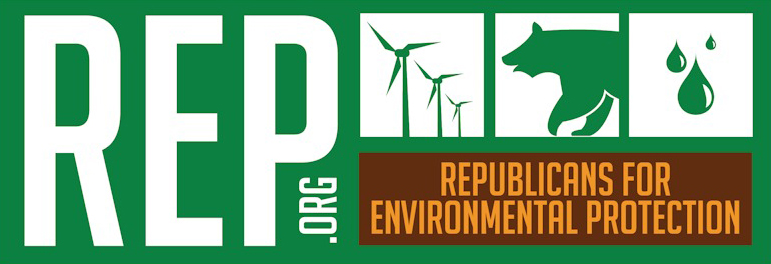Where there’s smoke there’s fire
By JIM DIPESO, REP Policy Director
AN HISTORICAL DOCUMENT: published in the Albuquerque Tribune, September 30, 2002
xx
There’s smoke blowing out West and it’s not just coming from wildfires.
Look behind the pall and you will find deception and special interests waiting to pounce on the natural riches in our national forests.
The Bush administration says its “Healthy Forests Initiative” will reduce fire hazards. Legislation is moving forward in both the Senate and House that would put the Bush plan into effect.
What’s really happening is that the administration and its congressional allies are again playing the game of Uncle Sugar’s crony capitalism, giving away public assets that should be preserved.
This time, the beneficiaries are pork-barrel timber interests, with an added sweetener – minimal accountability, thanks to proposed environmental law exemptions tying the hands of citizens and federal courts that have acted as watchdogs of the public’s forests.
There is nothing new in the administration’s proposal, which uses the current public concern about recent wildfires to advance this unwise agenda.
Under the guise of improving forest health, the timber companies, the U.S. Forest Service and their pals in Congress have spent years beating the drums for access to the big, juicy trees that also happen to be the most fire-resistant in the forests.
A classic “iron triangle” involving special interests, bureaucrats and Congress is at work:
The timber interests are accustomed to getting federal wood at subsidized prices.
The Forest Service offers sweetheart deals because the agency’s demented fiscal procedures reward the bureaucrats for losing money on timber sales, especially big clear-cuts that are easy for the logging companies but create long-term problems for the forests.
The timber industry’s congressional friends want to please their campaign contributors.
The drumbeat came to its first head in 1995, when Congress and then-President Bill Clinton approved the infamous rider that permitted “salvage” logging of healthy trees without accountability to conservation laws that protect the public’s resources.
It was akin to Congress and Clinton approving legislation eliminating Securities and Exchange Commission oversight of corporate books. You know what happened in that realm.
Now, the Bush administration and congressional allies are proposing more of the same for their timber industry buddies. For the “iron triangle,” this year’s wildfires are viewed as their road back to the glory days of grabbing and liquidating public assets, our trees in the national forests.
Under the administration plan, citizen and judicial oversight through the National Environmental Policy Act would be curtailed.
The Forest Service would receive expanded authority to trade healthy, fire-resistant trees for fuels reduction services. Such “trees-for-services” contracts are wide open to abuse, especially when judges are prevented from doing their oversight jobs under our system of checks and balances. When the cat’s away, the mice play.
No doubt, many of the West’s forests are at risk of unnaturally large wildfires as a result of overly aggressive fire suppression policies. But cutting down healthy trees in wild, unroaded forests will not solve that problem. In fact, green-tree logging could exacerbate the problem.
As University of Washington forestry expert Jerry Franklin said: “You achieve no ecological or fuel hazard (reduction) goal by cutting old, large trees. If you’re really trying to carry this out and pay for it with timber, you’re going to do bad things to the forest and reduce the resiliency of the system.”
“Fireproofing” forests is neither possible nor desirable. Western forests burn. They always have and they always will. In many cases, fires that break out in wildlands far from populated areas are beneficial and should be left to burn naturally.
However, effective steps can and should be taken to reduce the fire risks faced by homes and communities in the wildland-urban “interface.”
A balanced program that focuses on educating homeowners and thinning out small trees and brush nearby will alleviate fire hazards where it counts most and make optimal use of taxpayers’ money.
Designating more wilderness areas in the backcountry will reduce fire hazards. Indeed, uninhabited wilderness areas can serve as “sinks” where fires can be directed and allowed to perform their natural function, while enabling firefighters to better focus their limited resources on defending towns and private property along the forest-urban interface.
Through sensible forest management – projects planned with public participation – fire hazards can be reduced for the most vulnerable communities.
Ultimately, forest managers must work with nature as a partner instead of an enemy.
The politicians and the bureaucrats should not be allowed to sidestep sensible environmental regulations under the pretense of fixing a crisis they created with decades of forest mismanagement. They must be held accountable by the public that owns the national forests.
The result will be a forest fire strategy that works, and that produces both a healthier democracy and healthier forests.
These forests will pay dividends, delivering free environmentally-friendly services – clean air, clean water, fish and wildlife – long after the smoke clears from the West and along the Potomac.
Return to REP’S HISTORY: PART 2
Return to top of page
